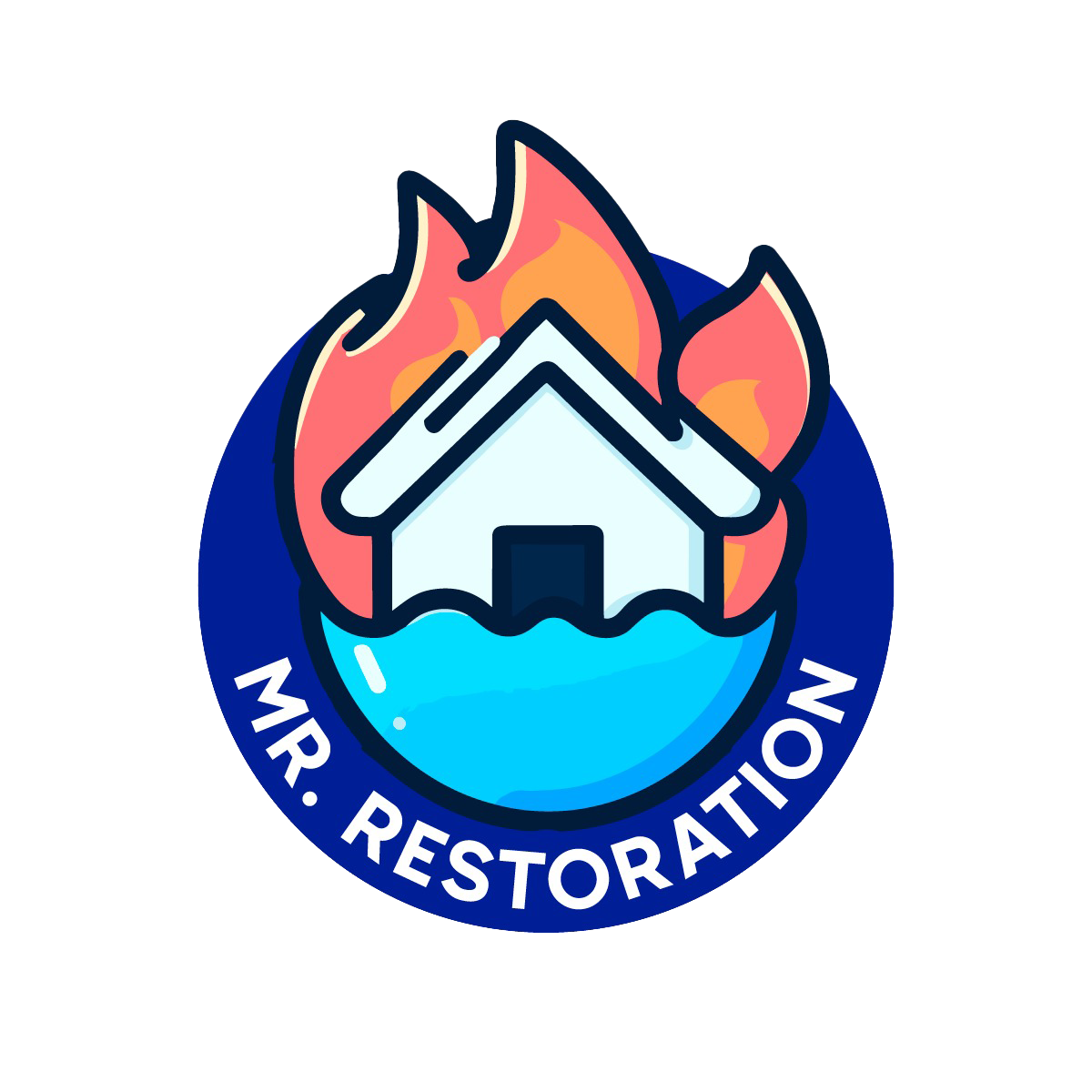Mold Awareness
What is mold?
Mold is a type of fungus that grows in moist and warm environments.
Mold typically feeds on organic matter, including wood, paper products, dust and other materials that contain cellulose. It also thrives in damp or humid environments where it can grow on surfaces such as walls, floors, ceilings and your valuable contents.
Over 70% of all homes contain mold.
18% of school buildings and 26% hospitals contain mold.
Negative Health Impacts.
- Respiratory issues; asthma, bronchitis
- Cognitive Impairment; memory loss, mood disorders
- Nervous System Damage; headaches, fatigue, and dizziness
- Weakened Immune System (Prolonged Exposure): susceptible to infections
Educating our clients about these dangers is crucial for effective mold management.
Unveiling Mold in Your Home
Mold has a knack for concealing itself in plain sight, especially in areas with poor ventilation or high humidity. By shining a light at an angle, you can expose mold colonies that might otherwise remain unnoticed by the naked eye. This technique allows light to cast shadows on the textured surfaces where mold tends to flourish, making it easier to spot the subtle signs of contamination.
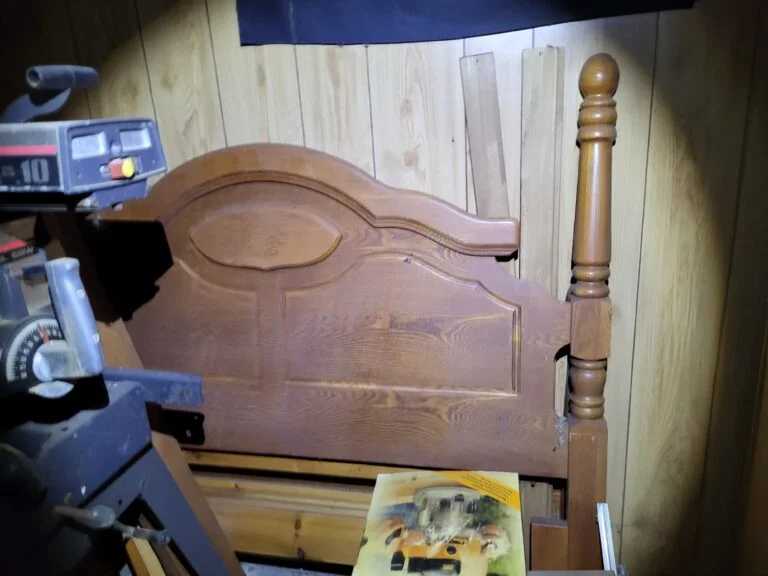
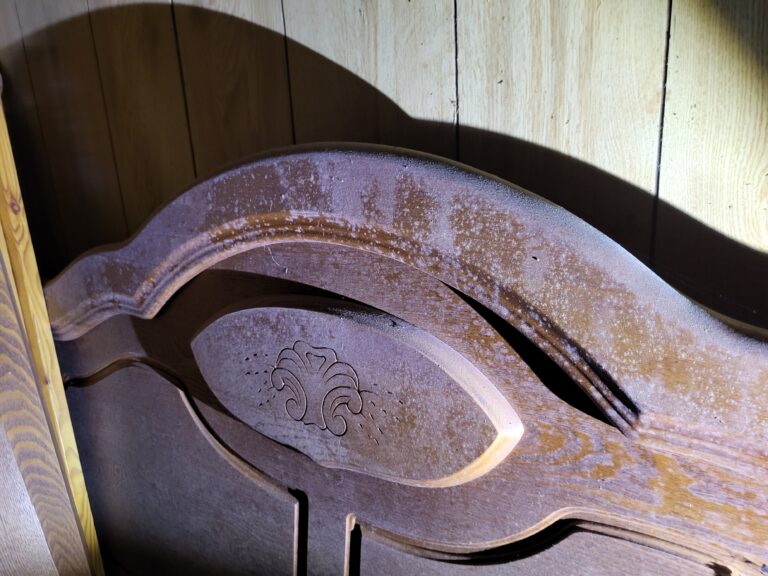
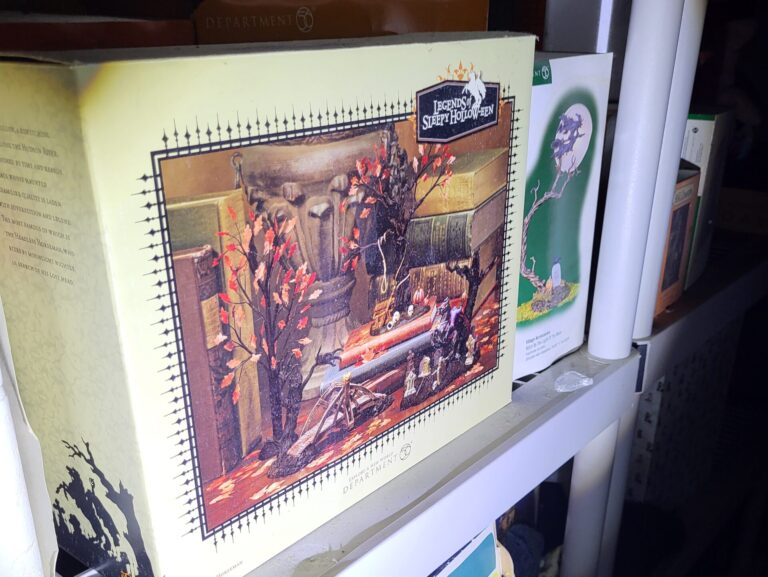
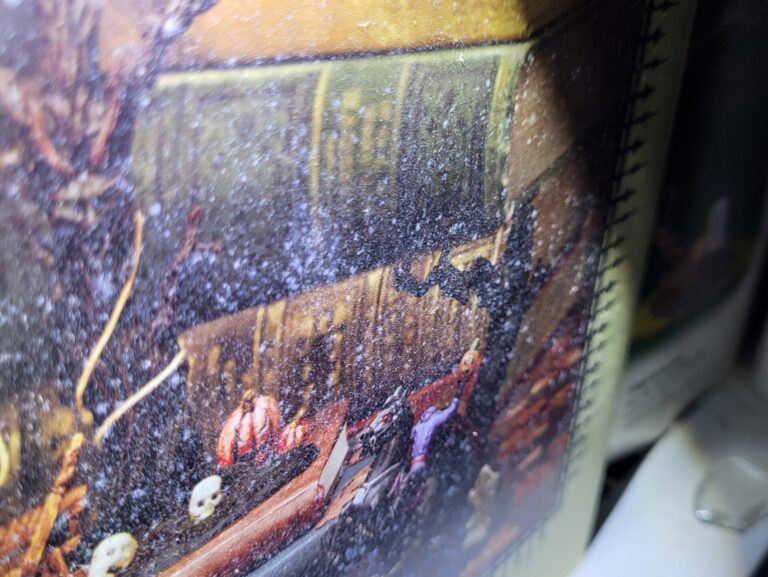
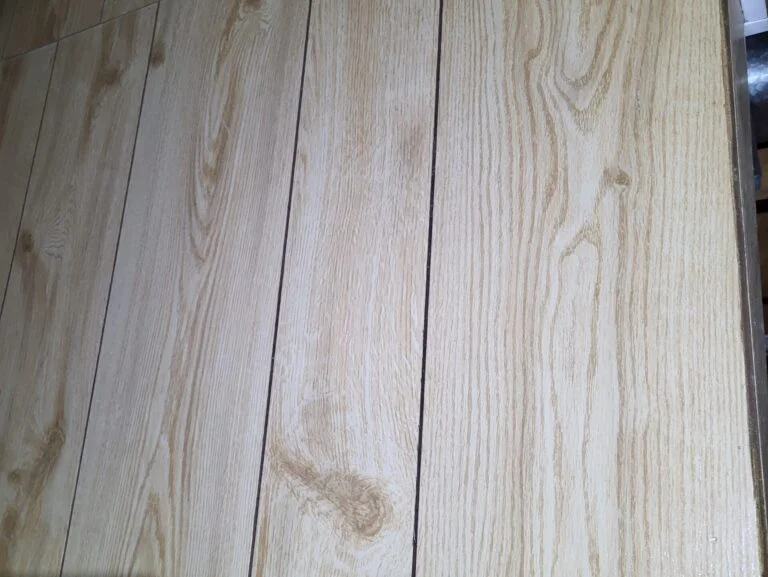
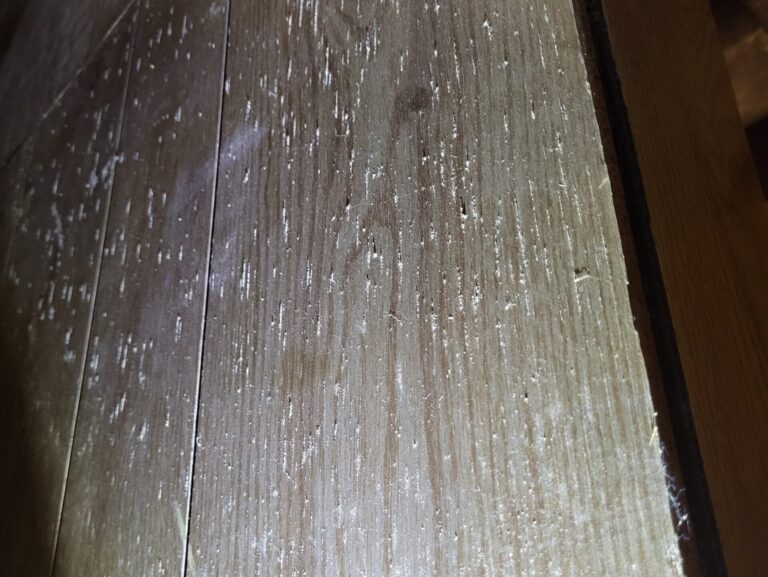
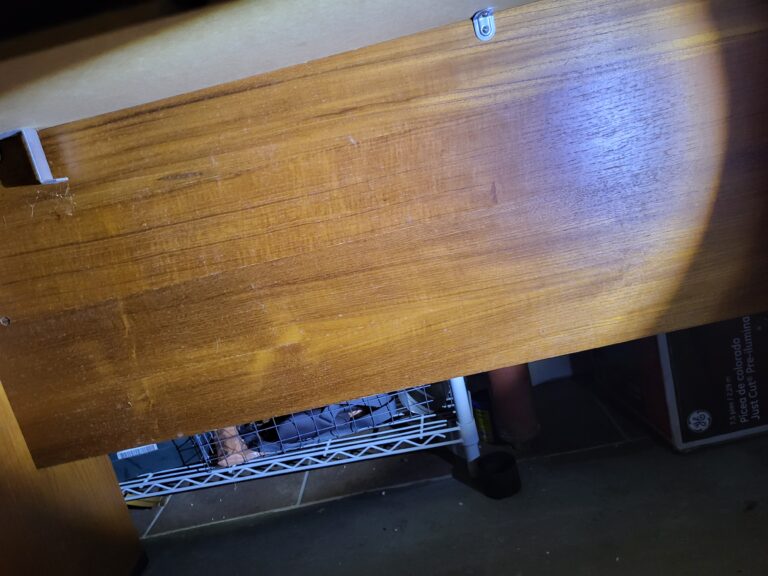

Preventative Measures
Maintain Optimal Indoor Humidity:
- Keep indoor humidity levels between 35-50% to discourage mold growth.
- Use dehumidifiers in damp areas, especially basements and bathrooms.
Proper Ventilation:
- Ensure good airflow in your home.
- Ventilate attics and seal/dehumidify crawl spaces to prevent moisture buildup.
Address Water Leaks Promptly:
- Repair any leaks in roofs, walls, or plumbing promptly to prevent water intrusion.
- Regularly inspect for and fix leaks around windows and doors.
Regular HVAC Maintenance:
- Clean and replace HVAC filters regularly to prevent the buildup of mold-friendly particles.
- Schedule professional HVAC inspections to ensure optimal functioning.


